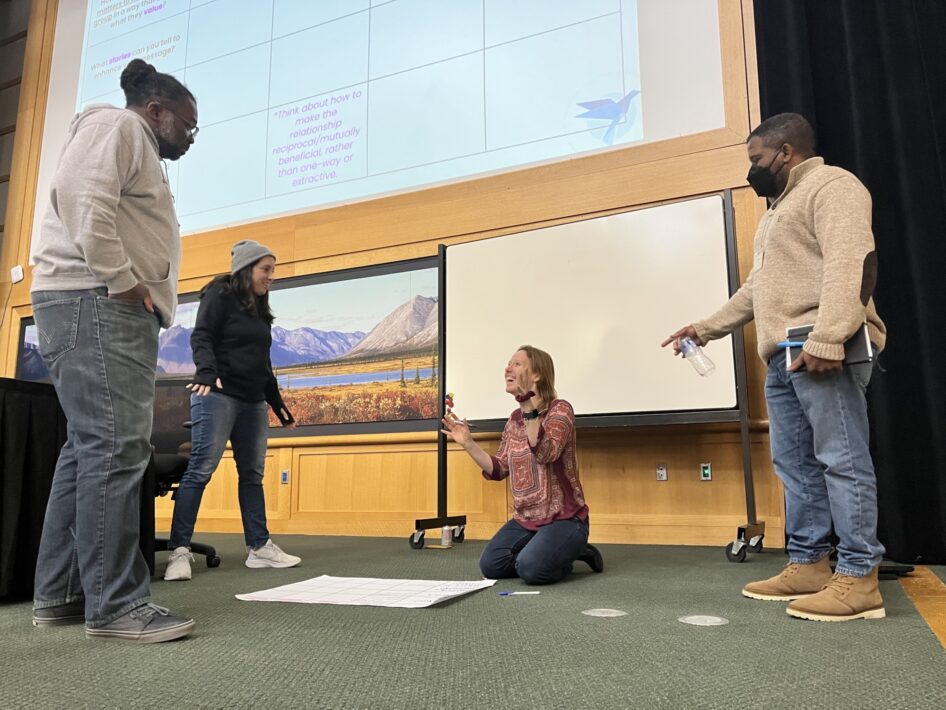Developing a Process
Once the backbone team is formed, a natural first step is identifying how the group will communicate and function internally. How often will the group meet? Are there points where virtual meetings can suffice or are in-person meetings the way to go? Is there a shared folder or platform where documents and notes are stored?
In these initial meetings, creating a timeline can be especially helpful for laying out what each member of the team will do, as well as to develop a shared understanding of what the actual process could look like. In this toolkit, you’ll find some of the big components that will likely become part of your timeline, but it will be more practical to break these down further and get specific.

It’s important to recognize that this entire process is iterative and that the backbone team will generally develop initial ideas and materials, create surveys and engage stakeholders in conversations, put drafts out for review, and incorporate feedback. For example, the team will need to develop an understanding of the priorities of the school district. Given that the backbone team is composed of people representing different areas of expertise, some of these priorities will be known already. In some cases, conversations with other leaders could be helpful in developing a more comprehensive understanding. Once team members understand the district's priorities, they will develop effective messaging about how environmental literacy will support those priorities. This is a key way to build more general support for creating an environmental literacy plan. As the stakeholder engagement process continues, additional district priorities will emerge and can be woven into the messaging.
